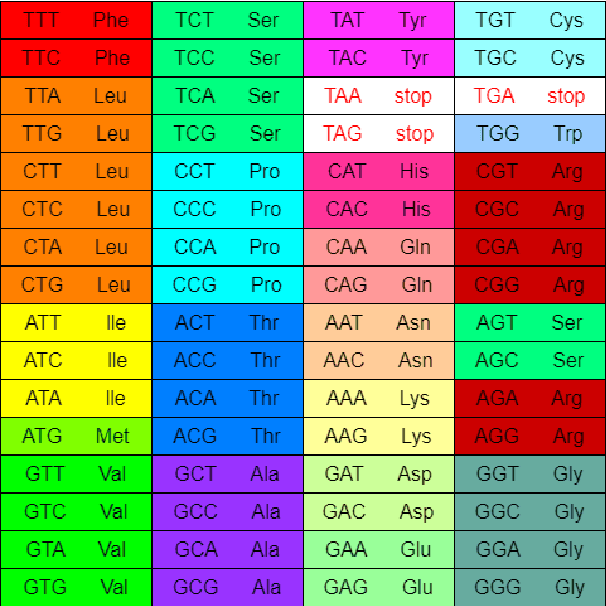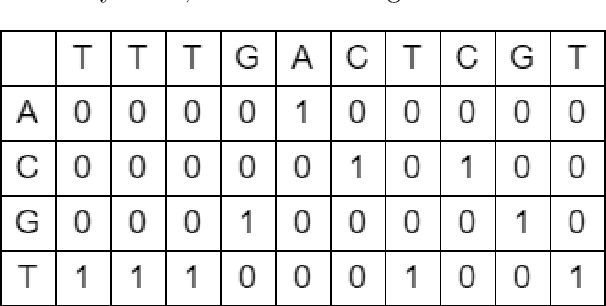Ben Beinke
Comparing Machine Learning Algorithms with or without Feature Extraction for DNA Classification
Nov 01, 2020



Abstract:The classification of DNA sequences is a key research area in bioinformatics as it enables researchers to conduct genomic analysis and detect possible diseases. In this paper, three state-of-the-art algorithms, namely Convolutional Neural Networks, Deep Neural Networks, and N-gram Probabilistic Models, are used for the task of DNA classification. Furthermore, we introduce a novel feature extraction method based on the Levenshtein distance and randomly generated DNA sub-sequences to compute information-rich features from the DNA sequences. We also use an existing feature extraction method based on 3-grams to represent amino acids and combine both feature extraction methods with a multitude of machine learning algorithms. Four different data sets, each concerning viral diseases such as Covid-19, AIDS, Influenza, and Hepatitis C, are used for evaluating the different approaches. The results of the experiments show that all methods obtain high accuracies on the different DNA datasets. Furthermore, the domain-specific 3-gram feature extraction method leads in general to the best results in the experiments, while the newly proposed technique outperforms all other methods on the smallest Covid-19 dataset
 Add to Chrome
Add to Chrome Add to Firefox
Add to Firefox Add to Edge
Add to Edge